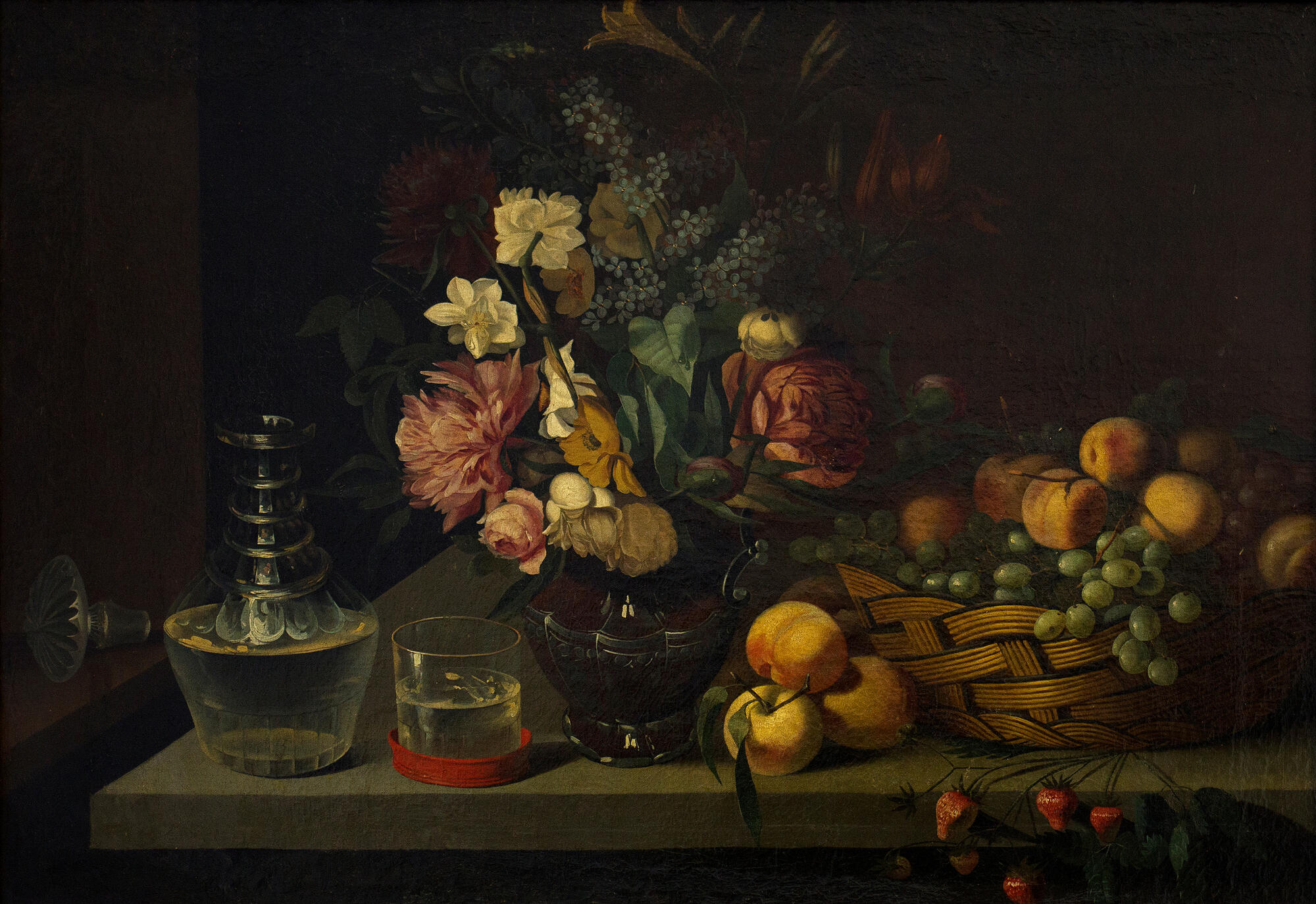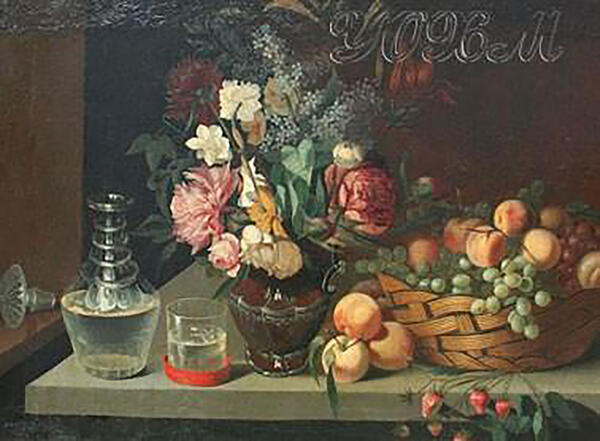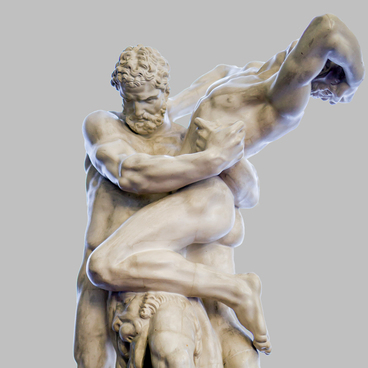The genre of still life originated in ancient Egypt, and then remained auxiliary for a long time. Flower garlands framed the images of the Virgin and Christ, and fruit compositions were used as furniture decorations. In the 15th century, the mystical genre vanitas (from the Latin “emptiness”) appeared featuring skulls, dry flowers and rotten fruit. They symbolized the fragility of life, the inevitability of death and the futility of being. Two centuries later, still lifes became a metaphor of a full, joyful and healthy life. However, in some languages, for instance in Russian, another term is used for this genre — “nature morte” meaning dead and inanimate nature.
The Dutch artists of the Golden Age finally turned still life painting into a separate genre. In Russia, still life painting was originally associated with the gifts of the earth and the sea, the world of everyday things. Unlike Russian history painting and ceremonial portraits, still life was considered a “low” genre and was used mainly as a training exercise until the late 19th century.
Ivan Fomich Khrutsky, a Belarusian and Russian painter, an academician of the Imperial Academy of Arts, entered the history of art as a master of still life. He started with small sketches featuring just a couple of objects, and moved on to large canvases with complex compositions. Ivan Khrutsky used to depict almost the same set of vegetables, fruits and flowers, from different angles and using different lighting. The artist’s works in other genres — his landscapes, portraits, and interior paintings — display the same style. The pictures are characterized by clear lines, light and dynamism.
“Still life. Flowers and Fruits” is a classic example of a still life painting by Ivan Khrutsky. Ripe fruit that symbolize the abundance of nature lie in an elegant wicker basket. A lush bouquet of summer flowers makes the center of the composition, and this is not the first time a vase has been depicted in the artist’s works. The lid of the decanter is casually put aside adding the feeling of a fleeting moment. All objects are located approximately on the same level and are well lit. The warm range creates a feeling of coziness; the shades of green, orange, red and yellow repeat themselves in flowers and fruits — this unites the picture and makes it complete.
The Dutch artists of the Golden Age finally turned still life painting into a separate genre. In Russia, still life painting was originally associated with the gifts of the earth and the sea, the world of everyday things. Unlike Russian history painting and ceremonial portraits, still life was considered a “low” genre and was used mainly as a training exercise until the late 19th century.
Ivan Fomich Khrutsky, a Belarusian and Russian painter, an academician of the Imperial Academy of Arts, entered the history of art as a master of still life. He started with small sketches featuring just a couple of objects, and moved on to large canvases with complex compositions. Ivan Khrutsky used to depict almost the same set of vegetables, fruits and flowers, from different angles and using different lighting. The artist’s works in other genres — his landscapes, portraits, and interior paintings — display the same style. The pictures are characterized by clear lines, light and dynamism.
“Still life. Flowers and Fruits” is a classic example of a still life painting by Ivan Khrutsky. Ripe fruit that symbolize the abundance of nature lie in an elegant wicker basket. A lush bouquet of summer flowers makes the center of the composition, and this is not the first time a vase has been depicted in the artist’s works. The lid of the decanter is casually put aside adding the feeling of a fleeting moment. All objects are located approximately on the same level and are well lit. The warm range creates a feeling of coziness; the shades of green, orange, red and yellow repeat themselves in flowers and fruits — this unites the picture and makes it complete.



